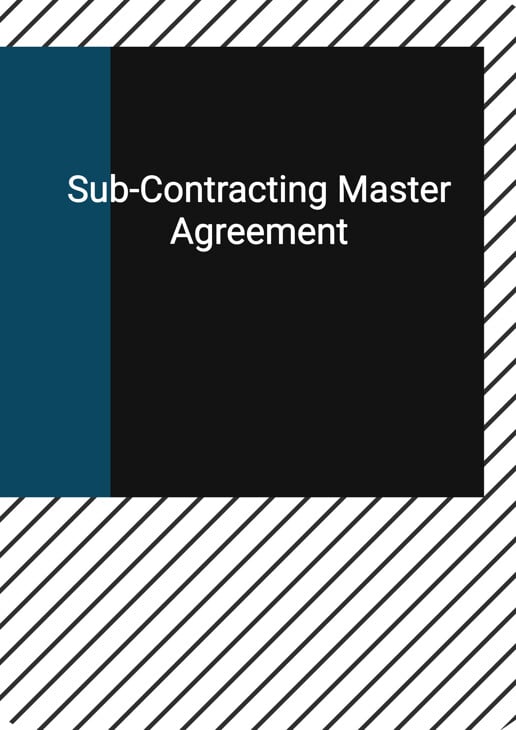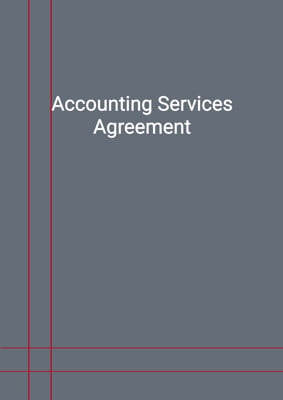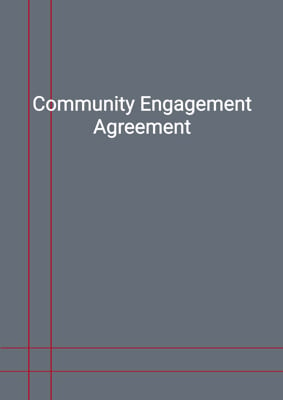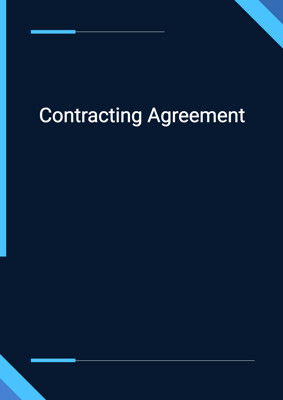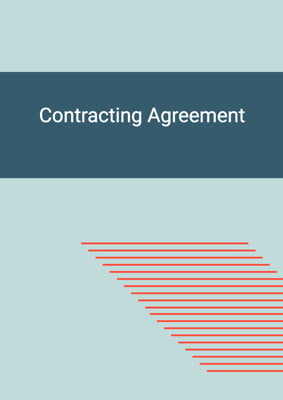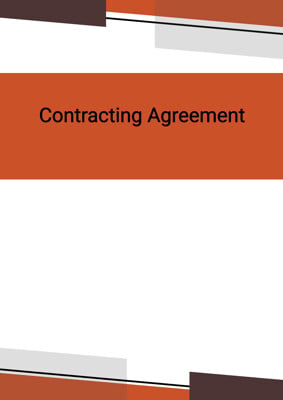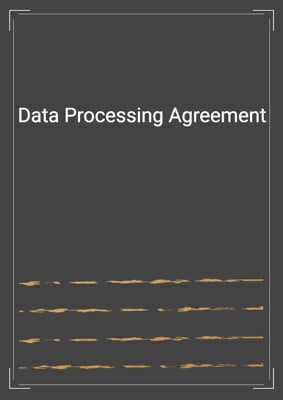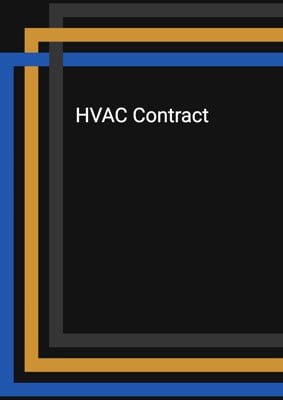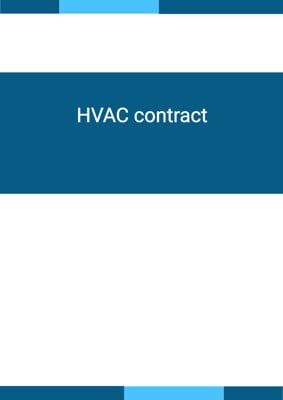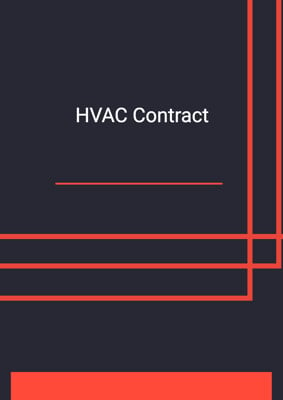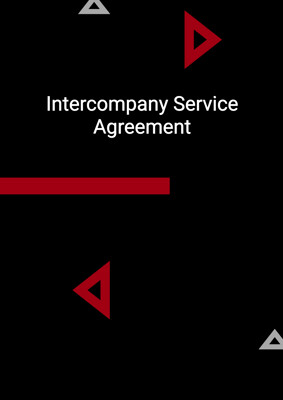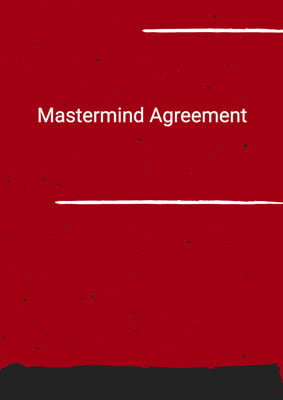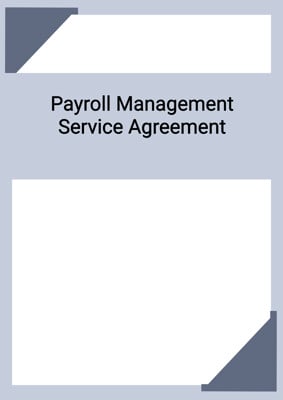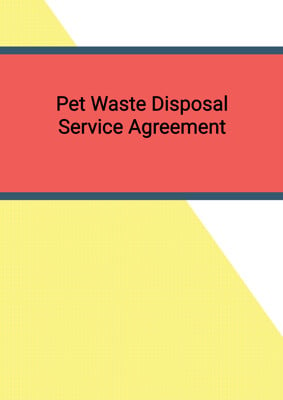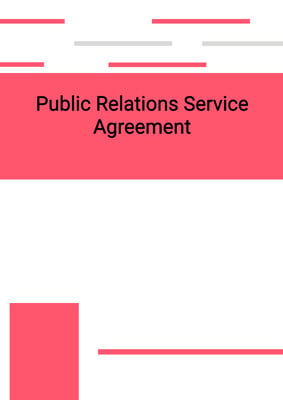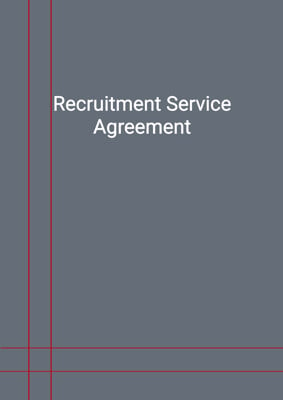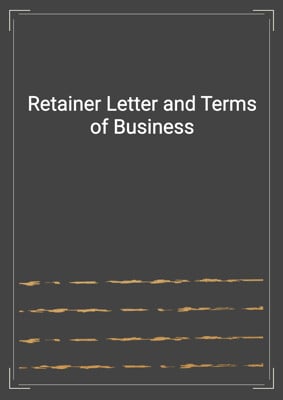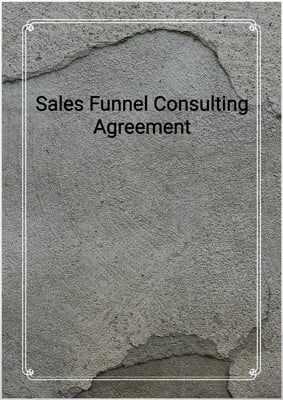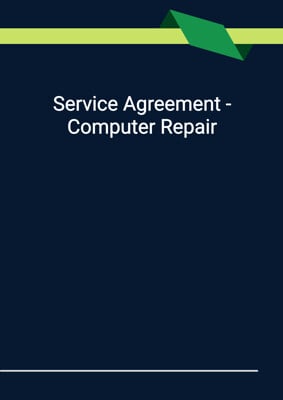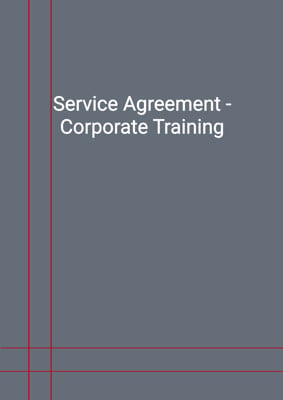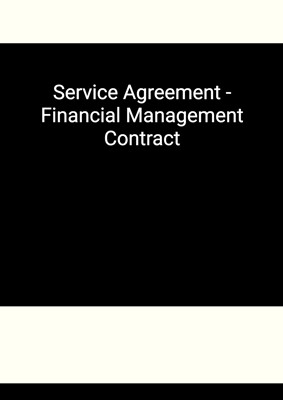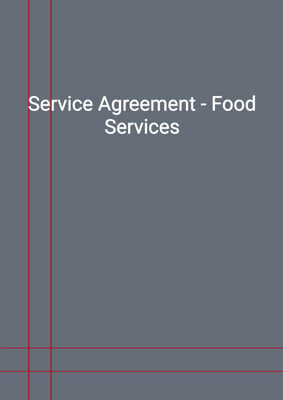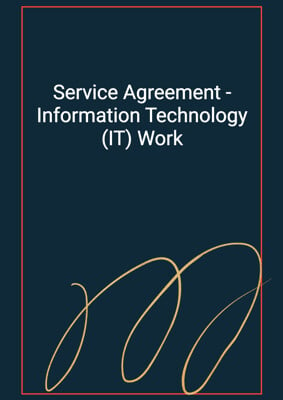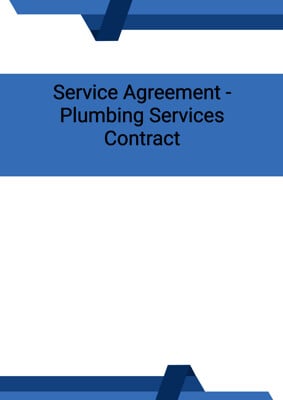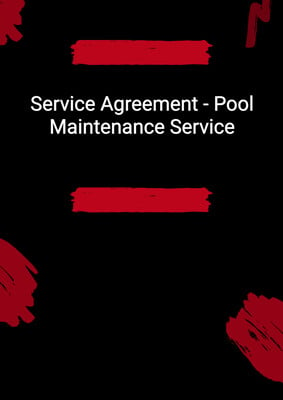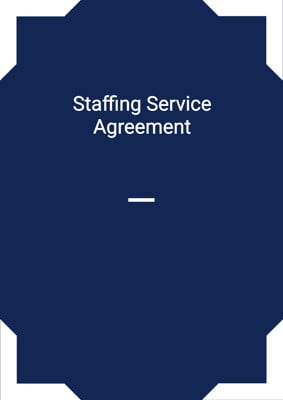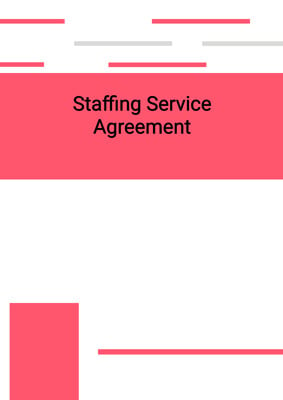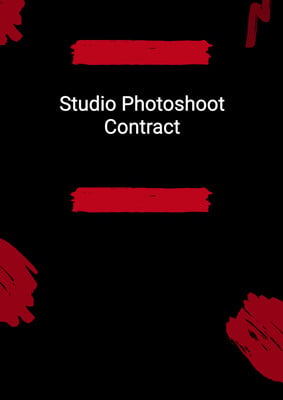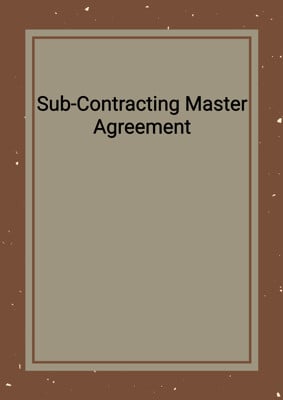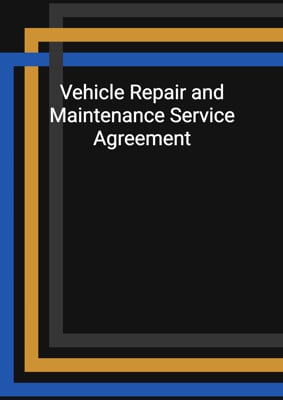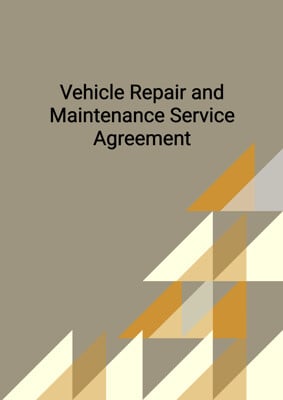How to Tailor the Document for Your Need?
01
Create Document
Fill in the details of the parties. You can click the "Fill with Member’s Information" button to complete it with information saved to your account.
02
Fill Information
Please fill in any additional information by following the step-by-step guide on the left hand side of the preview document and click the "Next" button.
03
Get Document
When you are done, click the "Get Document" button and you can download the document in Word or PDF format.
04
Review Document
Please get all parties to review the document carefully and make any final modifications to ensure that the details are correct before signing the document.
Document Preview
Document Description
The Sub-Contracting Master Agreement is a document that outlines the terms and conditions between a sub-contractor and a company. It is important because it establishes the agreement between the parties and ensures that both parties are aware of their rights and obligations.
The entire document is divided into several sections, each addressing different aspects of the agreement. The first section is the interpretation section, which provides definitions for key terms used throughout the agreement. This section ensures that both parties have a clear understanding of the terms used in the document.
The second section outlines the sub-contractor's obligations. It states that the sub-contractor agrees to perform the services specified in one or more job orders. The sub-contractor is also required to comply with any applicable statutes, regulations, or bylaws.
The third section covers job orders. Each job order is considered part of the agreement and is binding upon both parties. The job order must be dated, signed by both parties, and specifically refer to the agreement as the governing contract. The completion date for each job is specified in the job order, and liquidated damages may be imposed if the job is not completed on time.
The fourth section addresses warranties from the sub-contractor. The sub-contractor is responsible for ensuring that the work product meets the required quality standards. The sub-contractor also warrants that it has obtained all necessary licenses and bonds and that the services will be performed in accordance with applicable laws and regulations.
The fifth section discusses the qualifications of sub-contractors. The sub-contractor is required to provide contractors with the necessary professional qualifications. The customer and the company have the right to interview and request substitutions or removal of contractors. The sub-contractor is responsible for ensuring that all contractors are properly trained and equipped to perform their assigned tasks.
The sixth section covers conflict of interest and non-solicitation. The sub-contractor agrees not to enter into any agreements or obligations that would impede the execution of the agreement or create conflicts with the customers. The company is prohibited from soliciting the staff of the sub-contractor without prior written consent.
The seventh section states that no modifications to the agreement will be valid unless in writing and agreed upon by both parties. The eighth section addresses payment, stating that the company will pay the agreed price to the sub-contractor within a specified number of days after completion of the job.
The ninth section establishes that the sub-contractor is an independent contractor and is not entitled to employee benefits. The sub-contractor does not have the authority to enter into contracts or obligations on behalf of the company.
The tenth section clarifies that all personnel used by the sub-contractor are considered employees or subcontractors of the sub-contractor and not the company. The sub-contractor assumes full responsibility for the actions and compensation of its personnel.
The eleventh section addresses the rights in work product. Any work product developed during the performance of the agreement belongs to the sub-contractor.
The twelfth section covers confidentiality. Any confidential information provided by the company to the sub-contractor must be held in confidence and used only for the purposes of performing the services.
The thirteenth section discusses termination. Either party may terminate the agreement in certain circumstances, such as bankruptcy or failure to proceed diligently with the job. Upon termination, the sub-contractor must give up possession of the job site and deliver any relevant documents or materials.
The fourteenth section states that the sub-contractor cannot assign the agreement or subcontract the performance without the company's written consent.
The fifteenth section clarifies that the agreement does not confer any rights to third parties.
The sixteenth section encourages the parties to resolve any disputes amicably and in good faith. It also includes a jurisdiction clause.
The seventeenth section outlines the procedures for giving notices and service.
The agreement concludes with the signatures of the authorized representatives of both parties.
Each section of the document provides specific details and requirements to ensure that both parties understand their rights and obligations.
How to use this document?
1. Review the definitions provided in the interpretation section to ensure a clear understanding of the terms used throughout the agreement.
2. Familiarize yourself with the sub-contractor's obligations, including compliance with applicable statutes and regulations.
3. Understand the importance of job orders and ensure that each job order is dated, signed, and refers to the agreement as the governing contract.
4. Pay attention to the completion date specified in each job order and be aware of the potential for liquidated damages if the job is not completed on time.
5. Take note of the warranties provided by the sub-contractor and ensure that the work product meets the required quality standards.
6. Verify that the sub-contractor has obtained all necessary licenses and bonds for the performance of the services.
7. Understand the qualifications required for sub-contractors and their role in performing the services.
8. Be aware of the restrictions on conflict of interest and non-solicitation.
9. Any modifications to the agreement must be in writing and agreed upon by both parties.
10. Ensure timely payment of the agreed price to the sub-contractor after completion of the job.
11. Understand that the sub-contractor is an independent contractor and not entitled to employee benefits.
12. Recognize that the sub-contractor is responsible for its personnel and their actions while performing services.
13. Be aware of the rights in work product and the ownership of any intellectual property developed during the agreement.
14. Maintain confidentiality of any confidential information provided by the company.
15. Understand the circumstances under which the agreement can be terminated and the consequences of termination.
16. Obtain written consent from the company before assigning or subcontracting the performance of the agreement.
17. Remember that the agreement does not confer any rights to third parties.
18. In case of disputes, try to resolve them amicably and in good faith.
19. Follow the procedures outlined for giving notices and service.
20. Ensure that the agreement is signed by authorized representatives of both parties.
Not the right document?
Don’t worry, we have thousands of documents for you to choose from:
